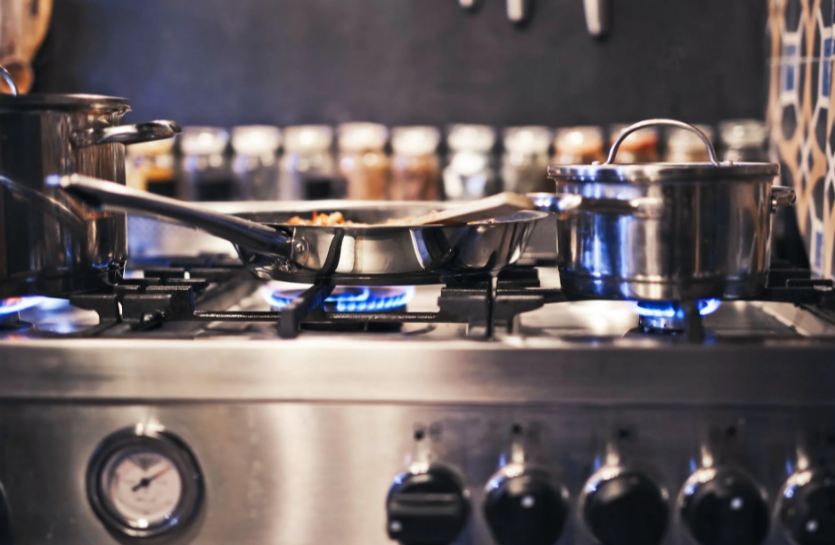Stainless steel pans are a delight to have in any kitchen. Apart from their elegant look, durability, and strong design, these cookwares also boast many health perks. No wonder that they’ve adored in the cooking world, both in restaurants and homes. The only catch is that you can relish such benefits if you know how to use them correctly. If not, expect to see your food sicks, making the cooking and dining experience less enjoyable. Don’t fret, though! We’ve listed the best tips on how to cook with stainless steel pans to ensure that there will always be happy faces in the kitchen and around the dining table.
Why does food stick to stainless steel pans?
Though stainless steel pans are sheeny in appearance and are smooth to touch, their cooking surface actually has tiny pores, seemingly like microscopic hills, caves, and valleys. As you heat the stainless steel pans, the metals expand while the pores shrink. The gaps clench onto the food you’re cooking, causing it to stick. That is why oil is essential as it fills these voids and serves as a protective barrier between the pan’s surface and the food. Oil also reacts with the natural moisture found in food, resulting in a steam-like effect that hoists the food from the surface. Thus, keeping it away from sticking.
How to Cook Properly with Stainless Steel Pan
1. Ensure that the surface is clean.
The initial thing you need to do is ensure that the surface of your stainless steel pan is thoroughly clean. Small food particles left may serve as additional contact surfaces aside from the natural “divots” already present on the cooking surface, causing the new food to stick. After every cooking session, wipe out the oil and bits left on the pan using a paper towel while it is still warm. If there are hard bits left, you can pour hot water to soften them. Afterward, scrape them off with a wooden spoon. Wipe it off with a paper towel and rinse warm soapy water. That way, your pan will always be ready for your next meal.
2. See to it that the food is dry and not too cold.
Remember that excess moisture and cold temperature can decrease the temperature of the oil, resulting in the food sticking into the pan. A good practice getting meat or vegetables out of the refrigerator to bring it down close to room temperature. You can then use a paper towel to pat it dry and remove any extra surface moisture.
3. Heat the oil.
There are two methods you can add oil to a stainless pan. First, you can heat the pan and oil or otherwise, add oil to while the pan is still cold. While both ways can work, the perk of the former method is that it requires less oil to wrap the pan’s entire surface. That is because hot oil tends to be less viscid, allowing it to seamlessly over the pan. As such, you can save nearly half as much oil to fill in the microscopic pores that will prevent the food from sticking. Despite that, others, especially chefs, prefer the second method as it allows them to properly observe and achieve their desired oil temperature prior to cooking.
4. Do the “TSSSSSS” test to know if your pan is already hot enough.
If you’re less experienced in cooking, it might be challenging to determine when the oil is hot enough so the food won’t stick. Fortunately, you can do a simple test to get the timing. Start cooking at medium heat so the pan won’t heat up too quickly. After 1-2 minutes, drop a tiny part of food or a small drop of water into the oil. If you hear that “TSSSSSS” sound from the food or the water vaporize quickly, your pan is ready for cooking.
5. Listen to the sizzling sound.
If your food is still stuck but is still sizzling, don’t attempt to move the food as it can ruin the meat’s skin, especially when you’re cooking fish. What you can do instead is lower the heat and listen to the sizzling sound. That sound implies that there’s still moisture between the pan and the food, preventing it from getting burned. After a short time, the food will release its own without damage.
Takeaway
Stainless steel pans can be your best ally in the kitchen if you know how to use them properly. If you’ve been skeptical before, you can try cooking with them again by following the steps above. From there, you can turn the experience into a fun one and see how fun cooking can be with these stainless steel pans.

